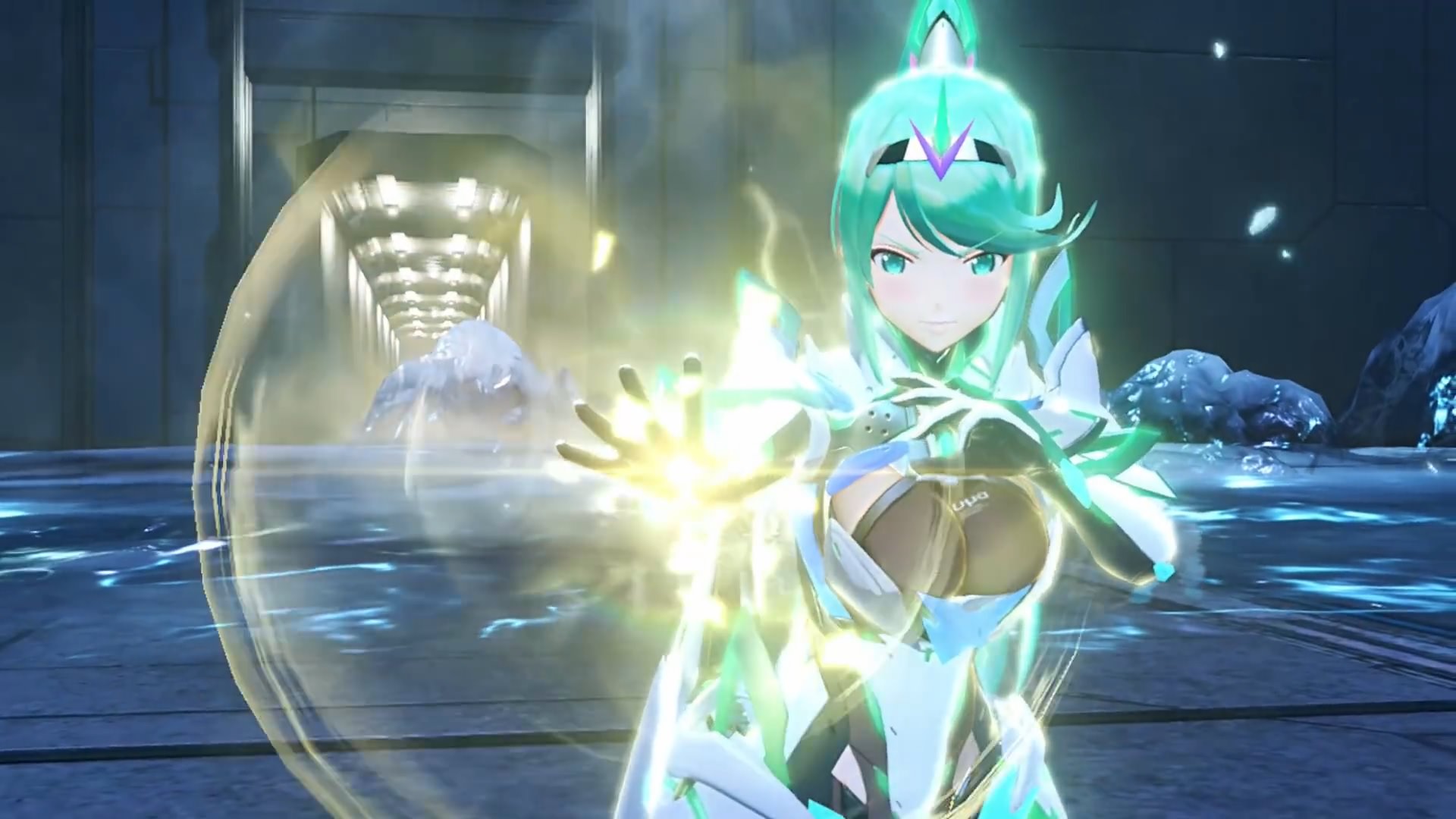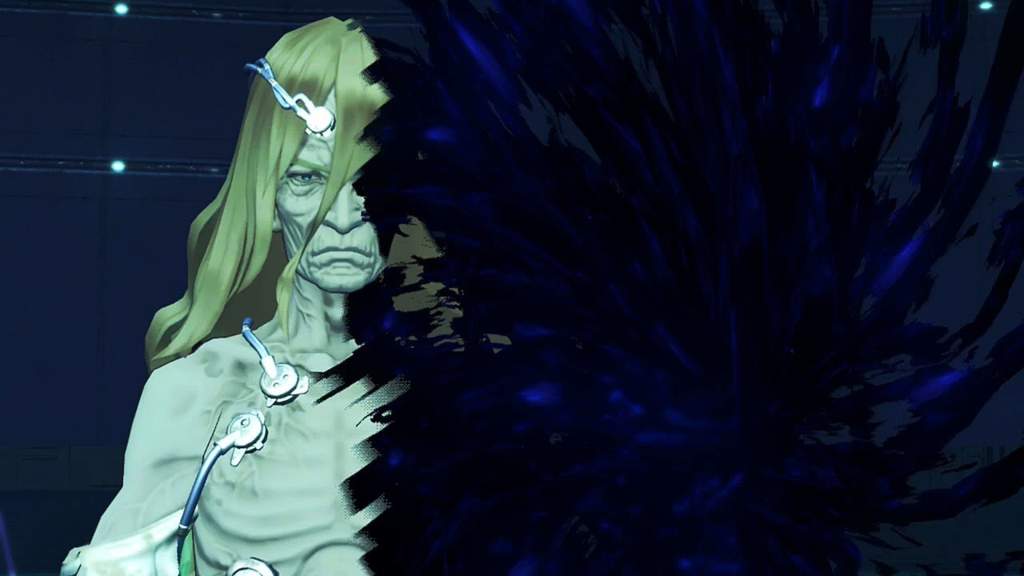Note: There are some heavy endgame spoilers with regards to the Architect and Elysium. Read with caution.
Xenoblade Chronicles 2 may be the best game on the Nintendo Switch. Following the Xeno tradition, it’s filled with philosophical and religious symbolism, much of which is lost in translation in the localization. Takahashi has dialed it back a bit since Xenosaga, as that game literally included Jesus and Mary Magdalene as playable characters. There’s still a bit to be found in the Xenoblade games, particularly Xenoblade Chronicles 2. We’ll do a separate article on Xenosaga, as the game lore in that series in quite insane. Xenoblade Chronicles 2 has some snippets though that are very important, which are lost in translation. We’re going to focus on three specific examples so not to be bogged down with too much information.
Aegis

The term Aegis itself comes from Greek Mythology and is present in the Illiad, although its true nature isn’t certain. In the Japanese version though, the Aegis’ are referred to as “Ten no seihai”/”天の聖杯”, literally translating as “heavenly holy grail.” Seeing as the Aegis’ have the ability to re-write the very laws of nature, this is fitting, though for an English localization it may have been a bit too much to call them “holy grails.” I’m a purist and would have preferred this, but the English localization is consistent by using mythological terms in its localization, so I’m okay with this. What’s interesting is that the way the Holy Grails are described are identical as to how Alvis describes the Monado in Xenoblade Chronicles. Maybe he’s the third lost Holy Grail? The life core system in Xenoblade Chronicles X also appears to have these properties as well. Maybe a fourth game will tie all of this together.
Elysium

Elysium also comes from Greek mythology and is a concept of the afterlife. In the Japanese version though it is referred to as “rakuen/楽園”, or paradise, which could be translated as heaven. Nintendo was consistent with the Greek terms in their localization, but the nuances are somewhat lost. I didn’t even know what Elysium meant until I looked it up and did some research on it. The best example of the concept of Elysium is portrayed in the film Gladiator; whether this is meant to be Elysium or not, I have no idea. “Paradise” doesn’t quite roll off the tongue and heaven is pretty heavy, but the meaning of what Rakuen truly is is somewhat lost. When the group finally arrives at Elysium and discovers it is now a wasteland, the power is lost if you don’t know the original meaning for what the land is meant to represent.
Architect

The Architect is literally called Kami, or God. You cannot get any more overt than that. I understand why this was changed, but it does lose some of its meaning as Klaus is referred to as a God in the first Xenoblade Chronicles. His actions and power demonstrate those as a God, as he literally re-created life, therefore it’s only natural that he’s revered as one. And he is. Architect is a safer term and may work better in English, but the religious nuance is lost here.
There are a lot more philosophical and religious references spread throughout the game, but these are the most significant. “Heavenly Holy Grail” is probably the most important, especially in terms of religious symbology. The Aegis’ are all-powerful. They can rewrite the laws of physics and the world, just like legend. That’s the one change I personally wish Nintendo didn’t make. If only they called the Conduit the Zohar, which is a Jewish term, we’d have more to talk about. Interestingly enough though, the in-game assets do refer to the Conduit as the Zohar, which raises some questions!

Tetsuya Takahashi didn’t make his religious and philosophical references too overt in Xenoblade 2, which was something that turned people off from Xenosaga. I love those games, but, they can come off as rather pretentious and hard to follow. There are more references in Xenoblade 2 of course, but, these are the most important. Takahashi is much more subtle in these games, and it makes for a more accessible experience. Hopefully, a fourth game can tie the entire Xeno series of games together, as Xenoblade Chronicles 2 has set the foundation to do this.
